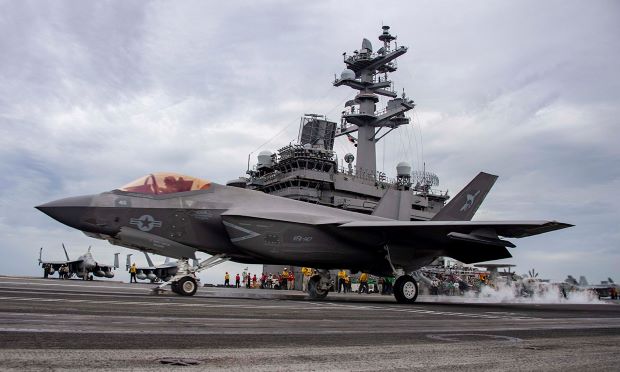Global arms sales increase despite COVID-19
STOCKHOLM – The arms manufacturing industry increased sales in 2020, despite the raging COVID-19 and blockade orders that disrupted global supply chains.
A report published by the Stockholm Peace Research Institute (SIPRI) on Monday (6) said that the total revenue of the world’s top 100 arms manufacturers in 2020 reached US$ 531 billion, up 1.3% over the same period last year.
This level of revenue is higher than the GDP of Belgium. Experts say this figure shows that the arms manufacturing sector is “immune” to the effects of COVID-19, although the International Monetary Fund (IMF) said the global economy shrank by 3.1%.
“I’m surprised by the numbers for 2020, the first year of the pandemic,” said Alexandra Marksteiner, a research fellow at SIPRI.
About 54% of arms sales go to 41 US defence companies. Lockheed Martin alone sold more than $58 billion of weapons in 2020, more than the GDP of Lithuania.
Marksteiner said the US Department of Defence has increased its support for the US arms industry during the pandemic, such as ensuring that arms manufacturers are exempted from the blockade to prevent COVID-19. They also placed a number of orders for capital to be transferred earlier to defence companies, giving these corporations more financial “stepping stone”.
Dr. Simone Wisotzki, of the Frankfurt Institute for Peace Studies (HSFK), which is funded by the German government, said arms companies in emerging countries “play an increasingly important role”.
Wisotzki said three Indian companies are in the list of top 100 arms enterprises in the world with total sales accounting for 1.2%, on par with South Korea.
Chinese arms companies are shipping more and more products. SIPRI estimates that five Chinese companies are benefiting from the country’s military modernization program, with revenue accounting for 13% of the total of the top 100 arms manufacturers.
Marksteiner said that Chinese weapons enterprises know how to take advantage of the manufacturing of equipment for military and civilian purposes. “NORINCO, China’s largest arms company, co-developed a satellite system and generated a relatively large amount of revenue from this activity. That satellite system can be used for military and civilian purposes.” Marksteiner said.
Arms sales contracts between France and Russia fell sharply, in which the revenue of nine Russian companies decreased by 6.5% compared to 2019. Markus Bayer, an expert at the Bonn Institute for the Study of International Conflict in Germany (BICC) ), said the revenue of Russian arms companies decreased because China and India, two countries that were once large customers of Russia, had the capacity to build their own weapons factories.
“China over the past 20 years has not only caught up with Russia in terms of aircraft carrier capacity, but even surpassed it, although both are based on Soviet-era technology,” Bayer said.
This expert mentioned the aircraft carrier Liaoning, converted from a heavy cruiser of the same class as the Russian Admiral Kuznetsov battleship.
Twenty six European arms companies collected US$ 109 billion in 2020, accounting for 21% of the top 100 enterprises, of which four German enterprises collected nearly US$ 9 billion.
Multinational companies in Europe, such as Airbus, signed contracts with a total value of nearly 12 billion EUR (US$ 13.5 billion), an increase of 5% compared to 2019. SIPRI experts say Europe Europe is increasingly dependent on multinational arms businesses.
-DW


